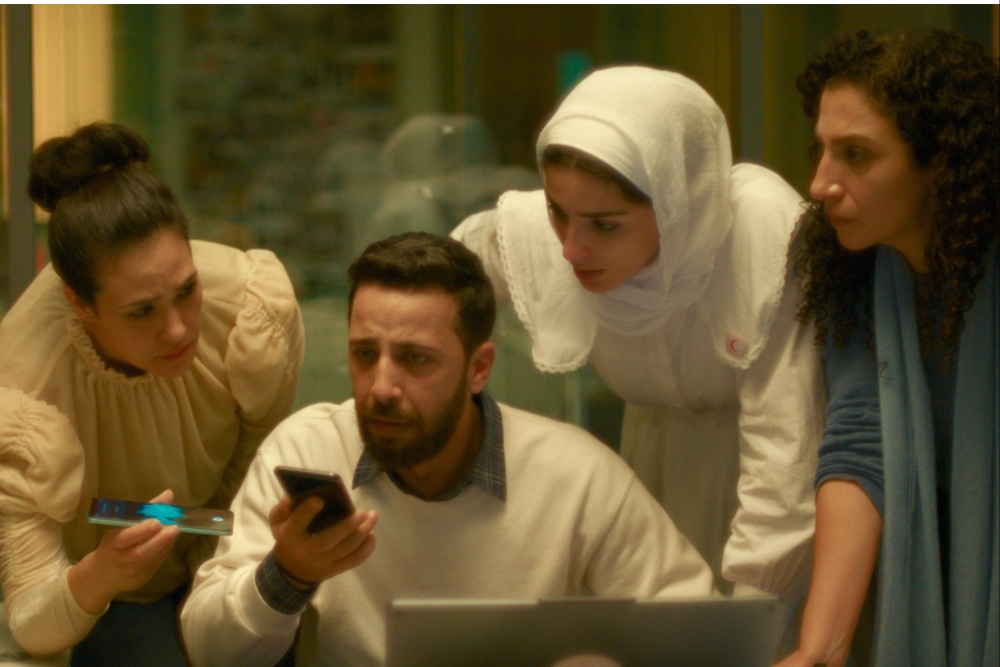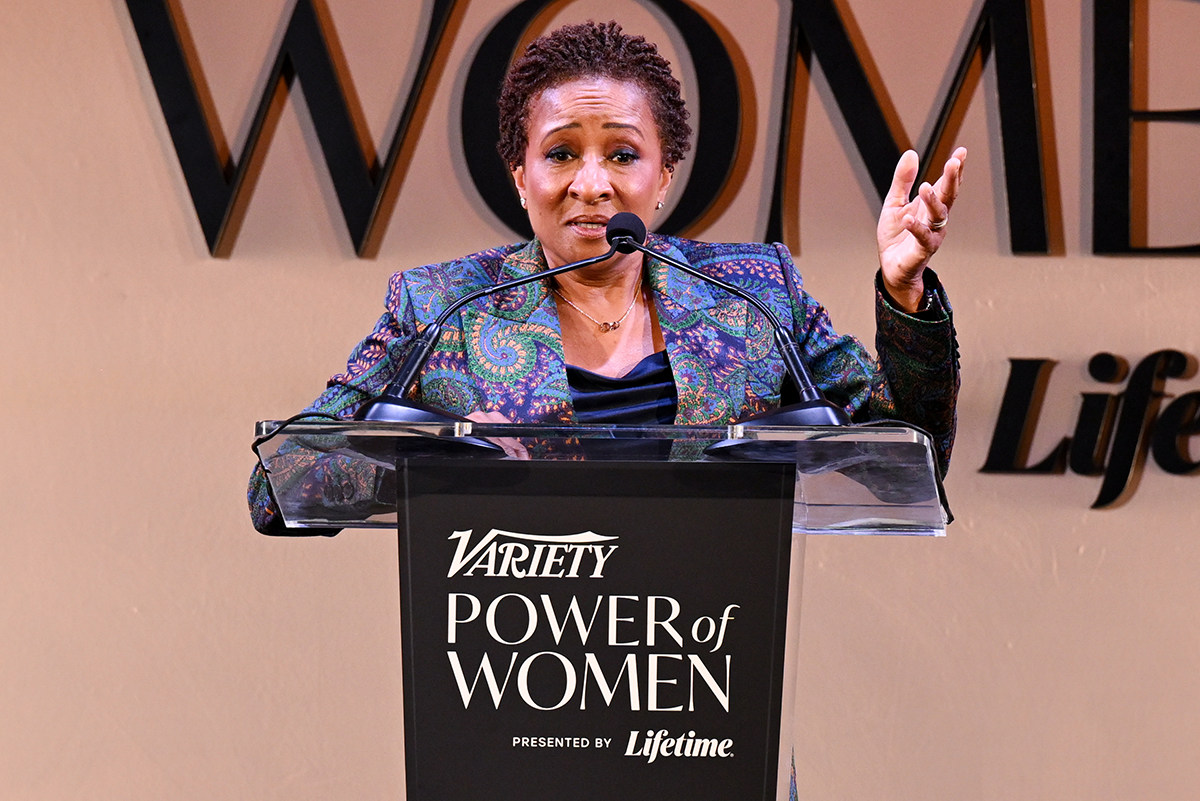The U.S. Distribution of “The Voice of Hind Rajab” Marks a Cultural Flashpoint, Igniting Debates on Artistic Freedom and Global Narratives in an Era of Polarization
The film “The Voice of Hind Rajab,” directed by two-time Oscar-nominated filmmaker Kaouther Ben Hania, is set to debut in U.S. theaters on December 17. This release comes on the heels of the film receiving critical acclaim and recognition on the international stage. It will initially screen at New York’s Film Forum and Los Angeles’ Laemmle Theatres before expanding to a broader audience across the nation. The film’s distribution is being handled by WILLA, the production partner’s distribution arm, which has made a name for itself by championing diverse and challenging narratives.
“The Voice of Hind Rajab” has emerged as a significant cultural artifact, particularly in the context of ongoing debates about artistic freedom, representation, and the role of cinema in society. The film tells a poignant story that resonates with contemporary issues, drawing parallels to broader socio-political themes. As the film prepares for its U.S. launch, it invites a closer examination of its narrative and the implications of its distribution in a polarized cultural landscape.
Kaouther Ben Hania, the film’s director, is known for her incisive storytelling and ability to tackle complex themes with sensitivity and depth. Her previous works have often focused on the intricacies of human experience, particularly within the frames of identity and cultural conflict. “The Voice of Hind Rajab” continues this tradition, offering viewers an intimate glimpse into the lives of its characters, set against a backdrop of societal challenges.
As the film approaches its release, it stands at a crossroads of artistic expression and cultural commentary. In an age where the global political landscape is fraught with division, films like “The Voice of Hind Rajab” serve as crucial platforms for dialogue and reflection. The narrative may touch on themes that challenge prevailing norms and provoke thought, making it a potential flashpoint in discussions about what constitutes acceptable artistic expression in today’s world.
The role of cinema as a means of exploring and understanding complex issues cannot be overstated. Films often reflect the realities of the times, revealing the struggles, triumphs, and narratives that shape our collective consciousness. “The Voice of Hind Rajab” is poised to contribute to this dialogue by shedding light on experiences that may be overlooked or marginalized in mainstream discourse. As audiences engage with the film, they are invited to confront their preconceptions and consider the multifaceted nature of the stories being told.
Moreover, the film’s release is particularly timely given the current climate surrounding discussions of representation in media. As conversations around diversity and inclusion continue to evolve, “The Voice of Hind Rajab” emerges as a testament to the importance of amplifying voices that have historically been silenced. The film’s protagonist likely embodies the struggles and resilience of individuals navigating a world that often fails to acknowledge their existence.
With its impending U.S. distribution, “The Voice of Hind Rajab” stands to become a cultural touchstone, provoking discussions not only about the film itself but also about the broader implications of its message. The reception of the film in various regions may vary widely, reflecting the diverse cultural contexts and political climates of its audiences. This variance adds another layer of complexity to the discourse surrounding the film, as it will be interpreted through the lenses of differing societal norms and values.
As viewers prepare to experience “The Voice of Hind Rajab,” the film’s potential to spark debate and reflection cannot be underestimated. It serves as a reminder of the power of storytelling as a means of fostering understanding and empathy, particularly in a world often marked by division. The conversations that will emerge from its release may challenge audiences to reconsider their perspectives and engage in meaningful dialogue about the issues presented.
In the context of current geopolitical tensions and cultural clashes, “The Voice of Hind Rajab” may also highlight the significance of cross-cultural storytelling. The film’s themes may resonate with audiences beyond its immediate cultural reference points, reflecting shared human experiences and struggles that transcend borders. This universality is vital in fostering connections among diverse groups, encouraging viewers to find common ground amid differences.
The film’s scheduled release in U.S. theaters signifies not only a milestone for its creators but also a pivotal moment for audiences eager for narratives that challenge the status quo. As the film unfolds on screen, it holds the potential to illuminate issues that are often relegated to the margins of mainstream cinema, urging audiences to confront uncomfortable truths and engage with the complexities of the human experience.
In conclusion, the release of “The Voice of Hind Rajab” is more than a mere cinematic event; it is a cultural phenomenon that invites viewers to reflect on their beliefs, assumptions, and the narratives that shape our world. The film’s impact may extend far beyond its runtime, leaving an indelible mark on the conversations surrounding art, culture, and the power of storytelling in an increasingly polarized society.




